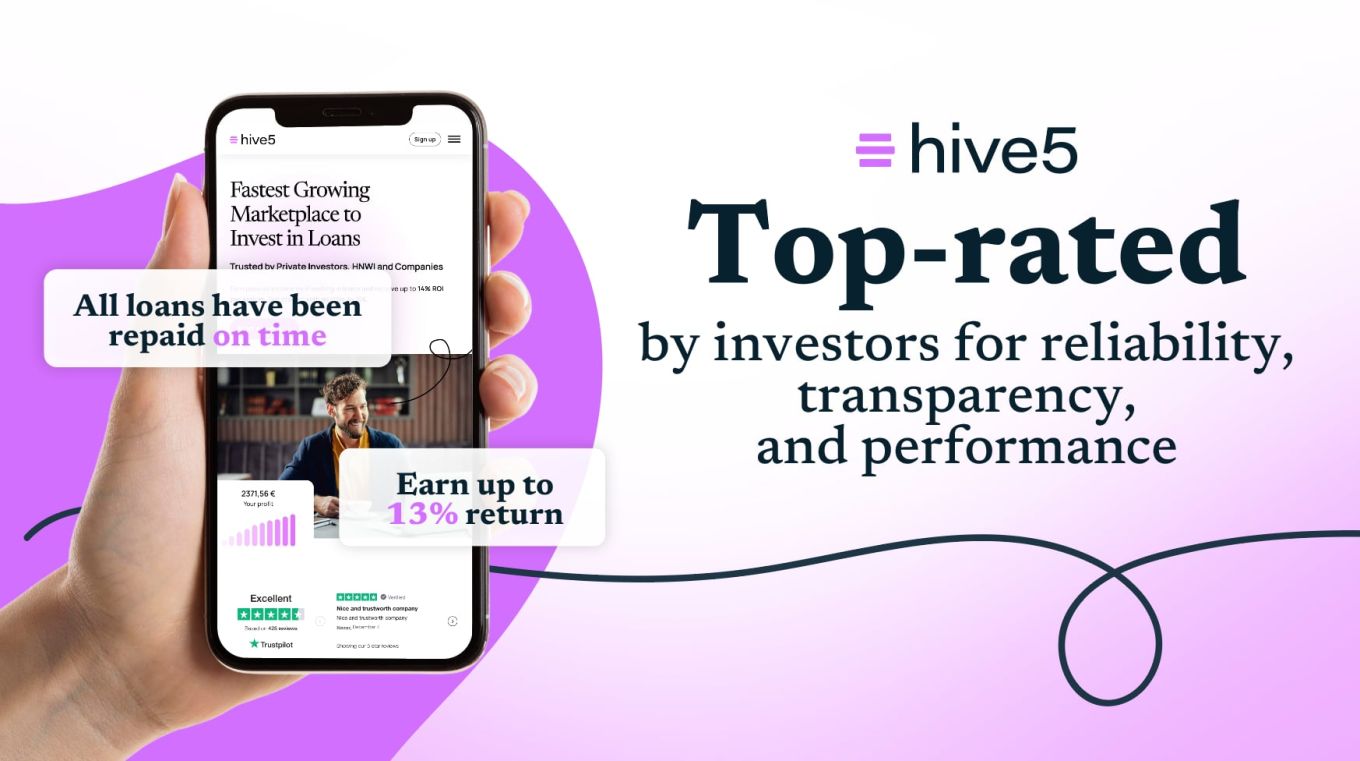Saving money in today's economic climate often means losing purchasing power. This article explains why ordinary savings accounts can underperform—even before inflation—and how P2P lending offers a compelling alternative for investors seeking real returns.
Bank Savings vs Inflation
As of late 2025, euro-area deposit rates remain low: ~0.3% for overnight accounts and under 2% for fixed-term deposits. However, inflation is expected to ease to around 1.6–1.9% in 2026.
This means:
- A 1% nominal bank return could translate into –0.6% real return after inflation.
- Even a 2% deposit rate may leave your purchasing power stagnant or slightly declining once inflation is considered.
P2P Lending: A Path to Real Yield
By contrast, European P2P platforms typically offer 10–14% annual nominal returns. After adjusting for 1.8% inflation, that equates to a real return of 8–12%, preserving and growing real wealth.
The Opportunity Cost: A Clear Comparison
Consider €10,000 invested under two scenarios:
- Bank deposit at 2%: €200/year → ~€17/month, losing value after inflation.
- P2P investment at 12%: €1,200/year → ~€100/month, with reinvestment potential.
The difference: over 5× more monthly income from P2P, making low-rate bank savings a costly missed opportunity.
Inflation: Why It Matters More Than Ever
Inflation is projected at 1.6% in 2026, dipping as low as 1.4% in early 2026, and returning to 2% by 2027. Savings accounts fail to keep pace, while P2P returns continue to deliver substantial real yields even in a moderate-inflation environment.
Why Investors Should Care
- Real purchasing power: Bank accounts seldom match inflation. P2P offers a hedge and opportunity for growth.
- Predictable income: Monthly payouts with potential automation make P2P a steady source of passive income.
- Compounding effect: Reinvest interest to grow income faster and sustainably.
Why Hive5?
Not all P2P platforms offer the same level of security and profitability. From many feedback which we collected on Trustpilot.com, here are the most common advantages for our investors:
- High returns. Investors invest to earn the highest possible profit. Thus, investors on hive5 enjoy an average return of around 15%, which is above the average.
- Zero late loans. More importantly, we operate under a zero-late-loan policy. We ensure that investors receive their expected payments on time. If a borrower fails to pay, hive5 provides immediate repayment and separately manages the debt collection process.
- Transparency and trust. We prioritise clear communication and full transparency. Investors can access real-time data, loan originator performance reports, and detailed borrower profiles. Furthermore, our rating on Trustpilot is 4.5, which demonstrates our commitment to investor satisfaction and trust.
Final Takeaway
Low-yield bank accounts may feel safe—but in inflationary environments, safe can cost your wealth. P2P lending via a reputable platform like Hive5 offers much greater returns, backable by monthly payouts and compounding. It’s a strategic step for investors seeking to preserve and grow real wealth.
Sources
- European Central Bank. Eurosystem staff macroeconomic projections – June 2025. ecb.europa.eu
- European Commission. Spring 2025 Economic Forecast. economy-finance.ec.europa.eu



